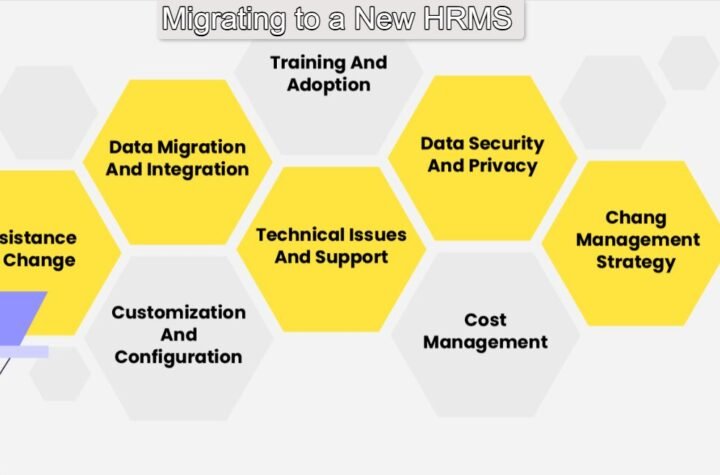
Five Tips For Greener Manufacturing
Manufacturers run factories and facilities that produce waste and burn off energy. That’s accepted as part of an important industry’s carbon budget – after all, without manufacturing, we’d be left without many of the modern goods we feel we can’t live without. However because manufacturers tend to have a larger carbon footprint than other sectors, there’s a great deal more potential for green savings in this particular sector. Trying to make your processes cleaner will impress your clients and win you more contracts – a financial reward for your environmental concern. Here’s how you’ll do it.
Energy
The number one carbon cost of manufacturing is the high use of energy that most factories entail. Larger facilities can have hundreds of machines burning through a terrific amount of electricity – or gas – every hour. So even making one small part of your firm more energy-efficient could have huge energy-saving effects across a year, saving you money on your utility bills while making your firm a little greener.
As such, take a look over your entire value chain – from the moment materials enter your facilities to the moment they leave them. Try to spot areas where you’re using energy unnecessarily and cut it out where possible. Then, if you want to go the extra mile, consult with solar panel, or wind turbine experts to see if you can install some on your facility so that you’re generating your own source of renewable energy.
Waste
Another huge part of manufacturing is the inevitable waste that you’ll produce. This doesn’t just happen because your machines sometimes churn up material, or there’s a natural amount of wasted material you have come to accept to make your products. It also has to do with packaging and the cardboard and plastic waste it generates.
Here, it’s helpful to invest in recycling compactors that crush your recyclable waste into small cubes, which you can then hire a recycling firm to take from your facility. If you institute strict rules amongst your staff about using this recycling compactor, you’ll make sure that all recyclable waste that you do produce is at least not headed to landfill sites.
Transport
Finally, the transportation of goods to and from your facility carried a carbon footprint of its own. Then this footprint extends all the way across the world to where you source and sell your products. Now, the tip here isn’t to pay more for materials by buying them locally, nor to miss out on sales because most of your products are sold overseas. Instead, it’s to simply search for the greenest way to keep turning a profit.
For instance, you may be able to source some parts from local suppliers, which can be transported to you at little carbon cost. Or, you might decide to engage with a logistics fleet that has its own green credentials so that you can be happy that your transport systems aren’t unduly damaging the environment.
Going green as a manufacturer might feel difficult, but these things are relative. As long as you can reduce your current carbon footprint, you’ll be doing your bit to protect the climate.





More Stories
Role of HRMS in Mobile App vs Biometric Integration for Right Attendance
HRMS Invensis: Benefits and HRMS Services Offer by Invensis
JCBL HRMS: Key Features and Benefits